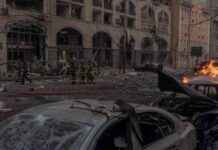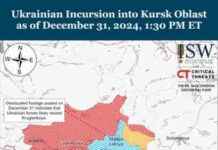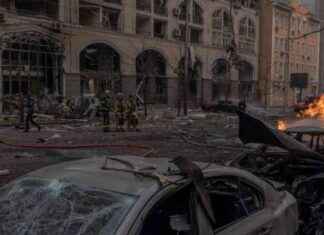Russian S-400 Air Defense Systems Stuck in Syria, Raising Concerns for Ukraine
Unofficial sources have reported that four Russian S-400 air defense transport erector launchers (TELs) are currently stranded in the Syrian port of Tartus, waiting for evacuation. These TELs are believed to be part of a consignment of six S-400 systems that were originally deployed to protect the Khmeimim Air Base in southern Syria. The movement of these TELs out of Syria raises questions about Russia’s intentions and the potential impact on neighboring countries, particularly Ukraine.
Concerns and Potential Implications
Despite maintaining control over the Khmeimim Air Base, Russia appears to be withdrawing and repositioning a significant amount of its military equipment, including what are referred to as “strategic assets.” Satellite imagery has revealed long columns of equipment lined up along the Tartus dockside, with Russian naval vessels waiting offshore for permission to load the equipment. This shift comes in the wake of political changes in Syria following the ousting of Bashar al-Assad’s regime, indicating a strategic realignment by Russia in the region.
Military analysts suggest that the most likely destination for these S-400 systems is Ukraine, potentially to compensate for recent air defense losses. The TELs play a critical role in the S-400 Triumf air defense system, allowing for the transport, positioning, and launching of various air defense missiles. These systems are known for their mobility and flexibility, capable of engaging a range of threats from aircraft to missiles.
The Role of TEL Units
Each TEL unit is equipped with four missile canisters mounted on a robust military truck chassis, such as the MAZ-543M or BAZ-64022, with all-terrain capabilities. This design enables the TELs to navigate challenging off-road conditions, facilitating rapid redeployment based on operational needs. The presence of these advanced air defense systems in Ukraine could have significant implications for regional security dynamics.
As tensions continue to simmer in the region, the movement of Russian S-400 systems raises concerns about potential escalations and the broader implications for neighboring countries like Ukraine. The strategic repositioning of these assets underscores the complex geopolitical landscape in the region and the evolving power dynamics at play. The international community will be closely monitoring these developments as they unfold, mindful of the potential implications for regional stability and security.

















